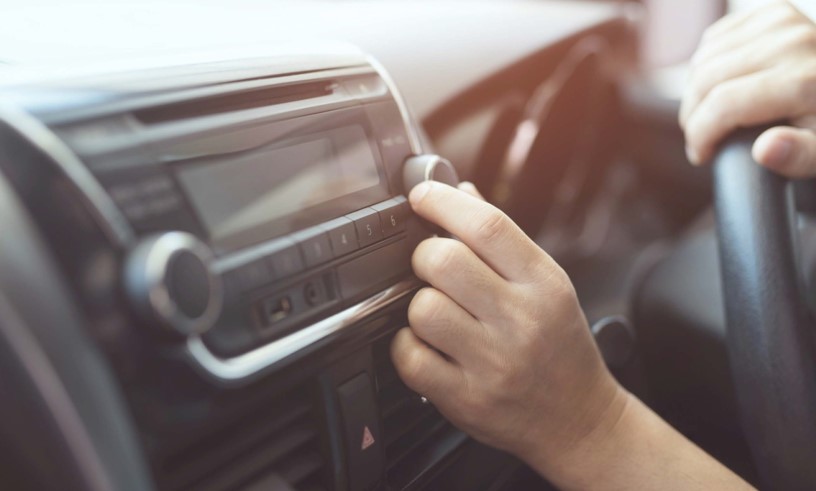 IPAWS (combines EAS, WEA, NWEM)
IPAWS (combines EAS, WEA, NWEM)
The Integrated Public Alert & Warning System (IPAWS) is FEMA’s national system for local alerting that provides authenticated emergency and life-saving information to the public through mobile phones using Wireless Emergency Alerts, to radio and television via the Emergency Alert System, and on the National Oceanic and Atmospheric Administration’s Weather Radio via Non-Weather Emergency Messages (FEMA.gov, 2022).
Regional Sacramento Alerting (SacAlert)
Sacramento Alert (SacAlert) is a mass notification system used by Sacramento, Yolo and Placer Counties as well as participating cities within each county to disseminate messages to residents and business pertaining to the health, safety or welfare of a community affected by a perceived, imminent, or actual emergency. SacAlert has the capacity to send thousands of messages within minutes via phone, push notification, email, TTY and text. The system contains residential and commercial landline phone numbers of Sacramento County’s entire population. In accordance with the California Public Utilities Commission (CPUC), landline numbers were acquired from AT&T and Verizon’s 911 telephone database. Residents are also encouraged to sign up at sacramento-alert.org and enter additional phone numbers, email addresses and physical addresses as well as subscribe to non-emergency notifications (severe weather, community messages, safety alerts, etc.).
If Disaster Strikes Nearby
- Use or build your emergency supply kit, including food, water, flashlights, AM/FM radio, fresh batteries, first aid supplies and cash.
- Keep your refrigerator and freezer closed as much as possible to prevent food spoilage.
- If available, use portable chargers or power stations. Use generators outdoors away from windows to prevent carbon monoxide poisoning.
- Use your vehicle’s radio and battery charging capability if necessary, but do not operate the engine in an enclosed space (e.g. closed garage) as this can cause carbon monoxide poisoning.
- Learn how to manually open your garage door.
- Consider medications that need refrigeration or medical devices that require power. Make sure your energy company is aware of your device.
Loss of Electrical Power
- If you lose electrical power in an emergency situation and do not have a battery operated radio, use your vehicle radio (if it safe to do so).
- Keep your refrigerator and freezer closed as much as possible.
- If operating your vehicle engine as a source of power or electricity, be sure the vehicle is not in an enclosed space to avoid the risk of carbon monoxide poisoning
If You Are Advised To Shelter In Place
If You Are Advised To Evacuate
Multi-floor Building Evacuations
If You Are Caught At The Scene of a Hazardous Material Incident (HAZMAT)
